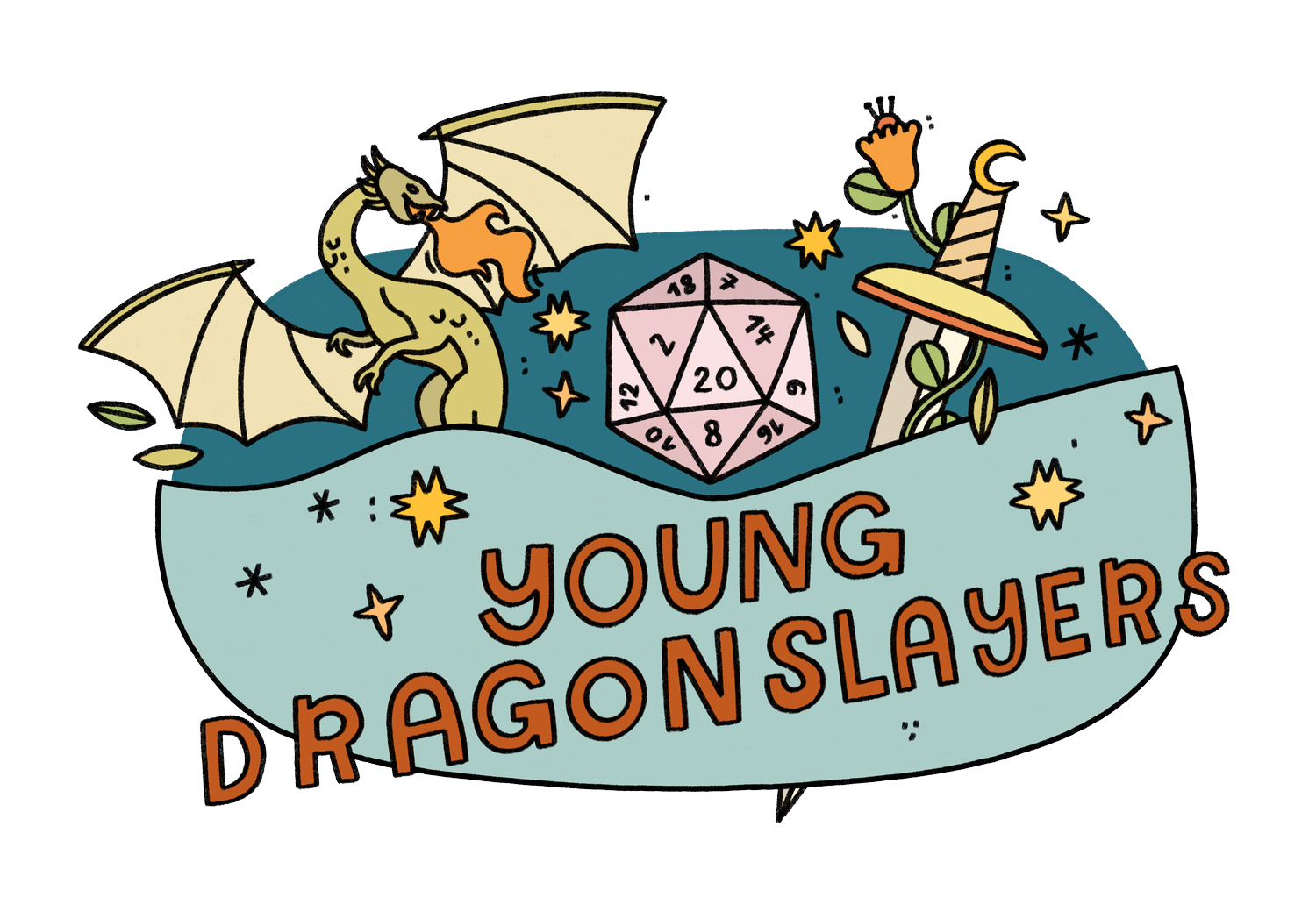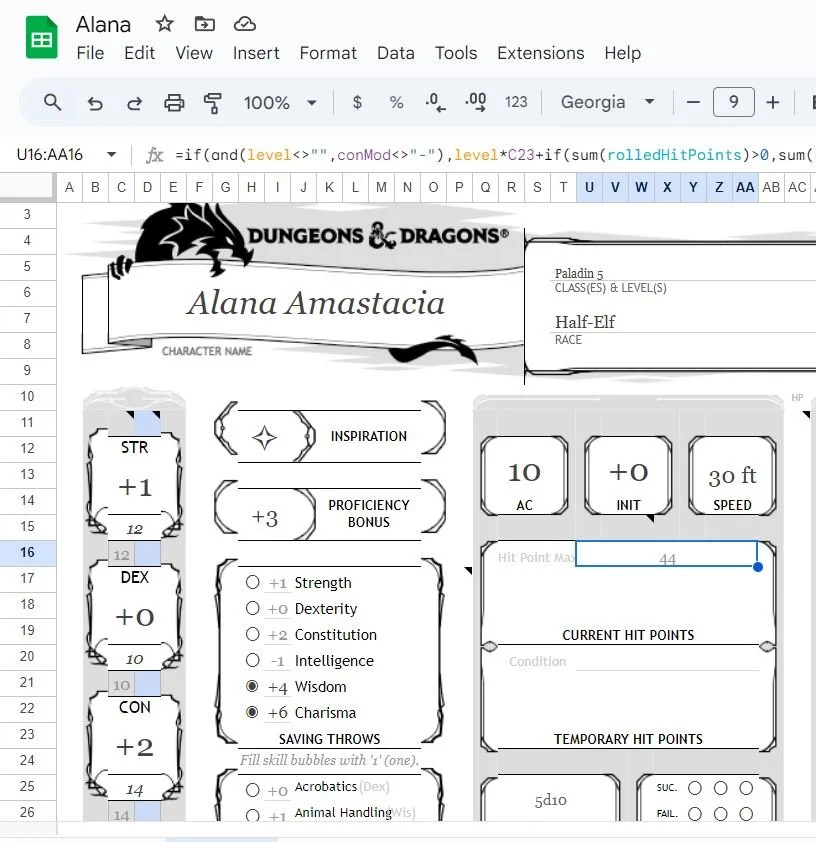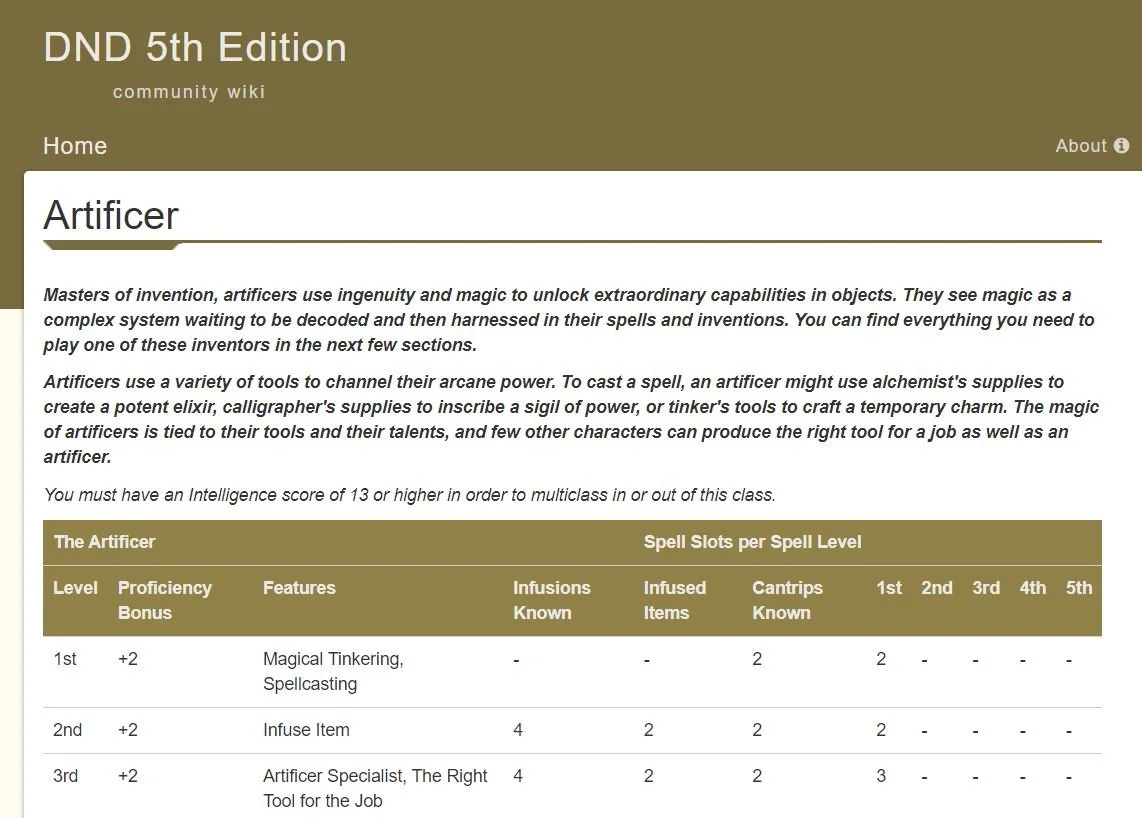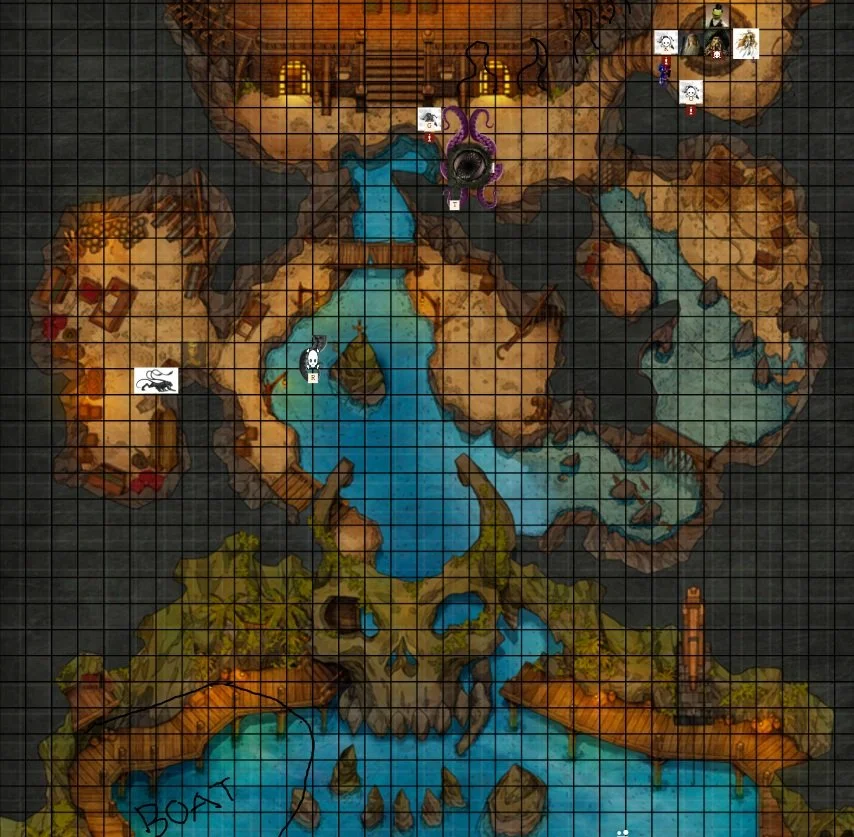How to Play D&D Online in 2025: A Guide for New Players
Say “Dungeons & Dragons” and most people picture a scene right out of Stranger Things: a group of players huddled around a basement table, rolling dice and moving tiny plastic figures around. But, unlike Stranger Things, we have the whole internet at our fingertips (and are also free from supernatural horrors, but that's beside the point). These days people play Dungeons & Dragons over the internet. But that begs the question: how do you take a game designed to be played on a table and move it entirely online? Well, online D&D is kind of our whole thing, so let us talk you through what you need to know.
How to Create a Character Online
Dungeons & Dragons is a roleplaying game, which means you take on the role of a character: perhaps a wizened elven cleric or a chaotic tiefling bard. This character is one you get to create, and you use your imagination alongside the rules of the game to give this character their own abilities, personality, and backstory. When the game was first made, this character information was recorded on a sheet of paper, straightforwardly dubbed a character sheet.
When playing D&D online, it's still totally feasible to make a character sheet on paper (In fact, we have a guide that teaches you to do just that!) But now, not only are all the reference materials to create a character available online, but you can create a 100% digital character sheet. If you want a character quickly and only care about your ancestry and subclass, you can generate one on Fast Character. If you’d like a little more customization than that, but don’t want to mess with all of the calculations yourself, you can go with the automated PDF from More Purple More Better or the automated spreadsheet by David Lester. If you’d like specific guidance for each step, you can use D&D Beyond, the official D&D tool.
Finding Fellow Online D&D Players
Dungeons & Dragons is played with a group of people; each player takes the character they created, and they all team up to go on some kind of quest. Everything else - the world, the people in it, and the challenges it contains is thought up and controlled by the Dungeon Master. This person knows and interprets the rules, simulates the world, and keeps the story moving.
Like we said in our post about playing D&D by yourself, the greatest asset of the game is also its greatest curse: it generally requires other people to play. And while there are almost definitely people at your school or in your community who are interested in playing, they might not be the same age as you, they might not play the same way, or they might just be busy on the days you're free - the bane of D&D groups everywhere. This is perhaps the biggest advantage of playing D&D on the internet. Using video calls, voice calls, and text chats, you can connect with family in different states, friends who have moved away, or even people you met at camp! When we put together our games, we gather information like players age, play style, and schedule, and place similar players in groups together with a professional Dungeon Master to make sure everybody has a good time.
How to Share Materials While Playing D&D Online
Over the course of a game of D&D, player characters will go on adventures to explore dungeons, solve mysteries, save towns, and all kinds of other quests. They do this by using all manner of things, from a martial-arts strike that stuns enemies in their tracks to a magic spell that summons a noble steed to a remarkable knack for getting people on your side. All of these abilities are codified within the rules of D&D, and all of the information - how a spell works, how much damage a weapon does, or how much a spyglass costs - is available both in printed books and online. (Pro tip: adding “5e” to the end of a search query will usually get you exactly what you need, like “chain mail 5e” or “lightning bolt 5e”).
In person, this information is shared by passing books, character sheets, cards, or other items around a table. Online, these can be shared by sending a link or screenshot in a group chat. This kind of sharing also works great for materials in the universe. Say the party has stumbled upon a puzzle, like a mysterious note with the bottom half missing, a painting of a famous werewolf that serves as the cover for a wall safe, or a series of colorful floor tiles (some of which are tied to spike traps). Often, the Dungeon Master visualizes these for the players - writing the note down, showing an image of the painting from a book, or printing out colored grids. When playing online, the DM can simply share their screen or drop an image in the chat so everybody can see it on their own screen rather than huddling around a piece of paper. In our games, we play over Zoom, taking full advantage of the chat for link and image sharing (sometimes it’s important game information, sometimes it’s memes - you don’t know until you look)!
Using Virtual Maps to Play D&D Online
Some situations in Dungeons & Dragons may call for combat - epic battles where heroes swing swords or summon fireballs. Physical maps with grid lines and miniatures are super helpful to visualize the locations of combatants, showcase the environment, and track exact distances. There’s usually a lot going on in the middle of a battle, and knowing exactly how many enemies there are, where they are, what they’re near, and how quickly you can get to them at a glance goes a long way toward speeding up combat (plus, it makes it tactile and fun)!
Naturally, there are many digital versions of maps as well, often called Virtual Table Tops, or VTTs. Thousands of artists have created beautiful maps of all different kinds of terrain and tokens to represent characters, monsters, items, and more. These can be uploaded to a VTT, where players can drag and drop their characters around, readily measure distance, and keep track of things like hit points and conditions. Some VTTs even integrate with digital character sheets and dice rollers - you could navigate to the spells on your character sheet, click a button, and see if you hit, how much damage you do, and how many hit points the enemy has left, all on the same screen! Tools like these help keep the math easy and the game moving.
Come Play D&D Online with Us!
As you can see, a lot has changed since the days of Stranger Things! The power of the internet and digital tools makes it totally possible (and often, easier) to play Dungeons & Dragons online, which opens up the world of the game to lots of people who might otherwise not be able to play. If you yourself are struggling to find a D&D group or just looking to add another adventure to your roster, why not consider joining a game online? We take the headache out of it - just tell us how you like to play, what your time zone is, and when you’re free, and we’ll hop on a Zoom call with you to help you create your character, guide you through everything you need to play, and team you up with other tween and teen players to create your own adventure!





